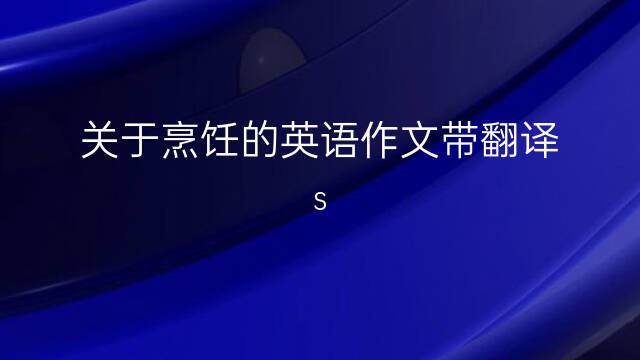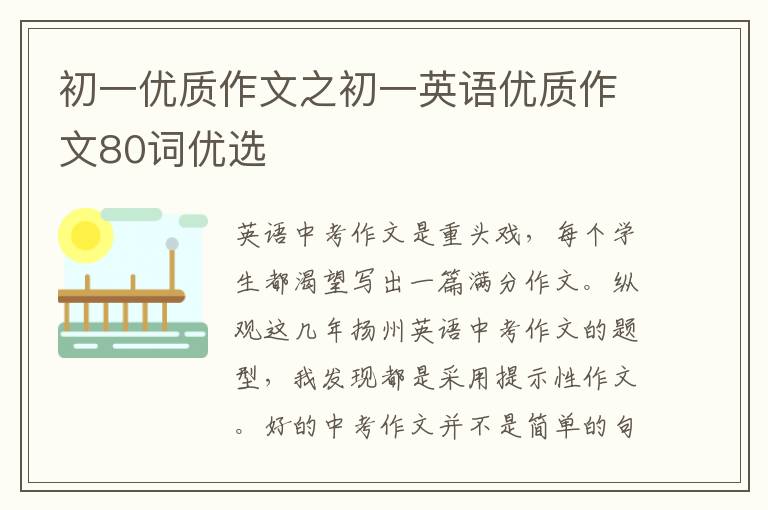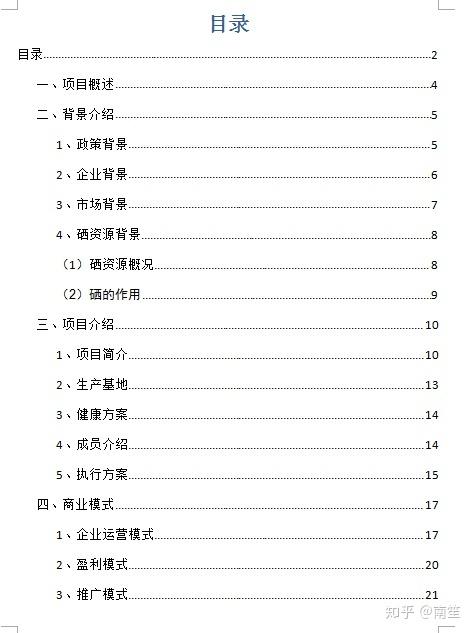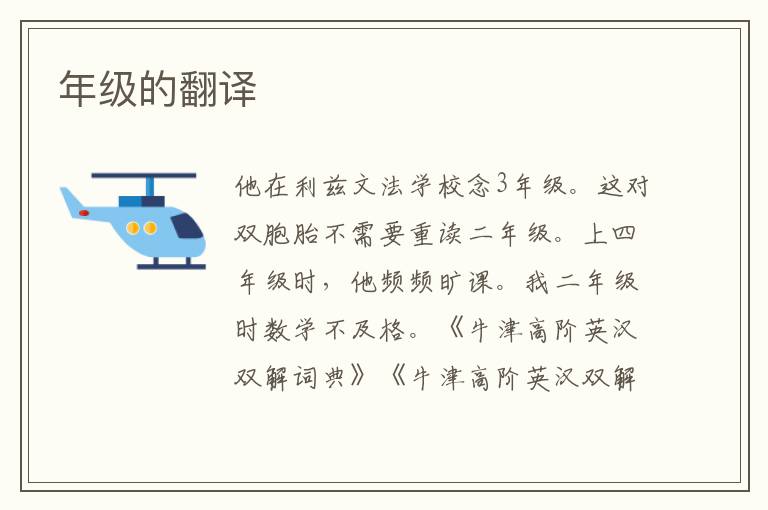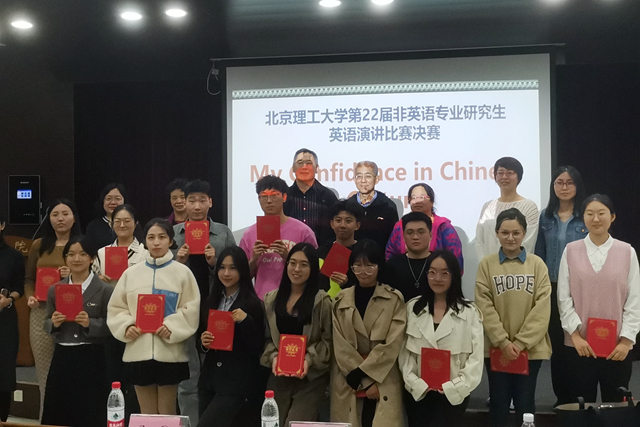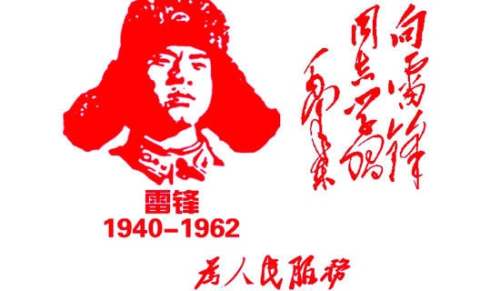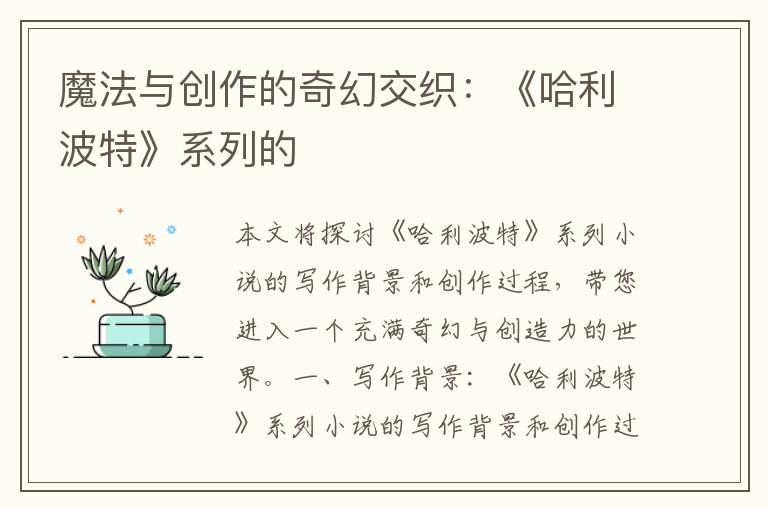SAT閱讀背景知識補充材料:文學術語

1.Literature of the absurd: The term is applied to a number of works in drama and prose fiction which have in common the sense that the human condition is essentially absurd, and that this condition can be adequately represented only in works of literature that are themselves absurd. The current movement emerged in France after the Second World War, as a rebellion against essential beliefs and values of traditional culture and traditional literature. They hold the belief that a human being is an isolated existent who is cast into an alien universe and the human life in its fruitless search for purpose and meaning is both anguish and absurd.
2.Theater of the absurd: belongs to literature of the absurd. Two representatives of this school are Eugene Ionesco, French author of The Bald Soprano , and Samuel Beckett, Irish author of Waiting for Godot . They project the irrationalism, helplessness and absurdity of life in dramatic forms that reject realistic settings, logical reasoning, or a coherently evolving plot.
3.Black comedy or black humor: it mostly employed to describe baleful, na?ve, or inept characters in a fantastic or nightmarish modern world playing out their roles in what Ionesco called a tragic farce, in which the events are often simultaneously comic, horrifying, and absurd. Joseph Hellers Catch-22 can be taken as an example of the employment of this technique.
4. Aestheticism or the Aesthetic Movement: it began to prevail in Europe at the middle of the 19th century. The theory of art for arts sake was first put forward by some French artists. They declared that art should serve no religious, moral or social purpose. The two most important representatives of aestheticists in English literature are Walt Pater and Oscar Wilde.
5. Allegory: a tale in verse or prose in which characters, actions, or settings represent abstract ideas or moral qualities, such as John Bunyans The Pilgrims Progress. An allegory is a story with two meanings, a literal meaning and a symbolic meaning.
6. Fable: is a short narrative, in prose or verse, that exemplifies an abstract moral thesis or principle of human behavior. Most common is the beast fable, in which animals talk and act like the human types they represent. The fables in Western cultures derive mainly from the stories attributed to Aesop, a Greek slave of the sixth century B. C.
7. Parable: is a very short narrative about human beings presented so as to stress analogy with a general lesson that the narrator is trying to bring home to his audience. For example, the Bible contains lots of parables employed by Jesus Christ to make his flock understand his preach.
8. Alliteration: the repetition of the initial consonant sounds. In Old English alliterative meter, alliteration is the principal organizing device of the verse line, such as in Beowulf.
9. Consonance is the repetition of a sequence of two or more consonants but with a change in the intervening vowel, such as live and love.
10. Assonance is the repetition of identical or similar vowel, especially in stressed syllables, in a sequence of nearby words, such as child of silence.
1.Literature of the absurd: The term is applied to a number of works in drama and prose fiction which have in common the sense that the human condition is essentially absurd, and that this condition can be adequately represented only in works of literature that are themselves absurd. The current movement emerged in France after the Second World War, as a rebellion against essential beliefs and values of traditional culture and traditional literature. They hold the belief that a human being is an isolated existent who is cast into an alien universe and the human life in its fruitless search for purpose and meaning is both anguish and absurd.
2.Theater of the absurd: belongs to literature of the absurd. Two representatives of this school are Eugene Ionesco, French author of The Bald Soprano , and Samuel Beckett, Irish author of Waiting for Godot . They project the irrationalism, helplessness and absurdity of life in dramatic forms that reject realistic settings, logical reasoning, or a coherently evolving plot.
3.Black comedy or black humor: it mostly employed to describe baleful, na?ve, or inept characters in a fantastic or nightmarish modern world playing out their roles in what Ionesco called a tragic farce, in which the events are often simultaneously comic, horrifying, and absurd. Joseph Hellers Catch-22 can be taken as an example of the employment of this technique.
4. Aestheticism or the Aesthetic Movement: it began to prevail in Europe at the middle of the 19th century. The theory of art for arts sake was first put forward by some French artists. They declared that art should serve no religious, moral or social purpose. The two most important representatives of aestheticists in English literature are Walt Pater and Oscar Wilde.
5. Allegory: a tale in verse or prose in which characters, actions, or settings represent abstract ideas or moral qualities, such as John Bunyans The Pilgrims Progress. An allegory is a story with two meanings, a literal meaning and a symbolic meaning.
6. Fable: is a short narrative, in prose or verse, that exemplifies an abstract moral thesis or principle of human behavior. Most common is the beast fable, in which animals talk and act like the human types they represent. The fables in Western cultures derive mainly from the stories attributed to Aesop, a Greek slave of the sixth century B. C.
7. Parable: is a very short narrative about human beings presented so as to stress analogy with a general lesson that the narrator is trying to bring home to his audience. For example, the Bible contains lots of parables employed by Jesus Christ to make his flock understand his preach.
8. Alliteration: the repetition of the initial consonant sounds. In Old English alliterative meter, alliteration is the principal organizing device of the verse line, such as in Beowulf.
9. Consonance is the repetition of a sequence of two or more consonants but with a change in the intervening vowel, such as live and love.
10. Assonance is the repetition of identical or similar vowel, especially in stressed syllables, in a sequence of nearby words, such as child of silence.


